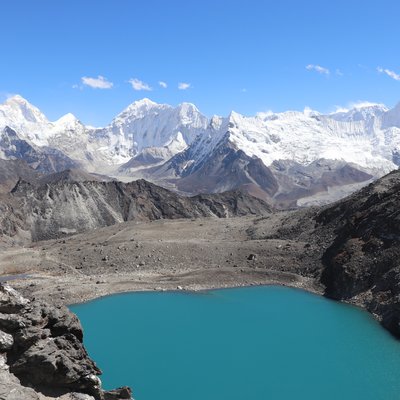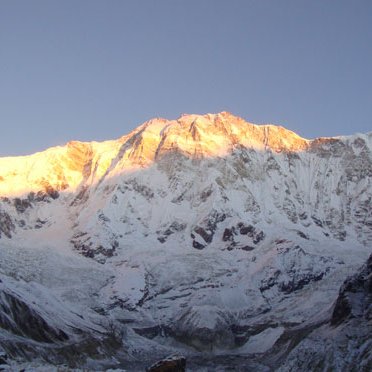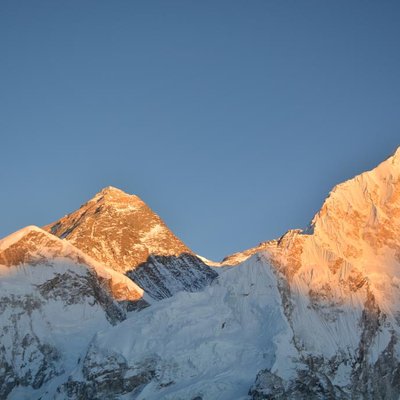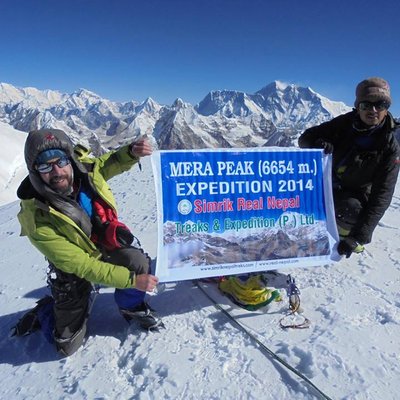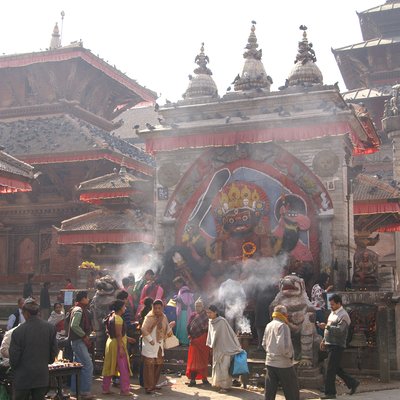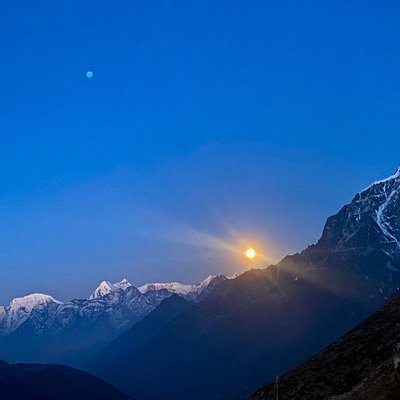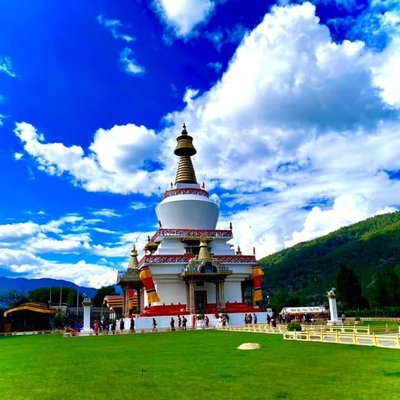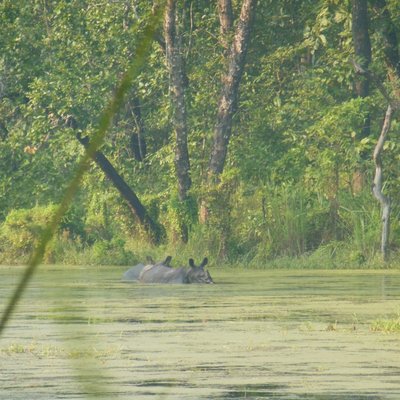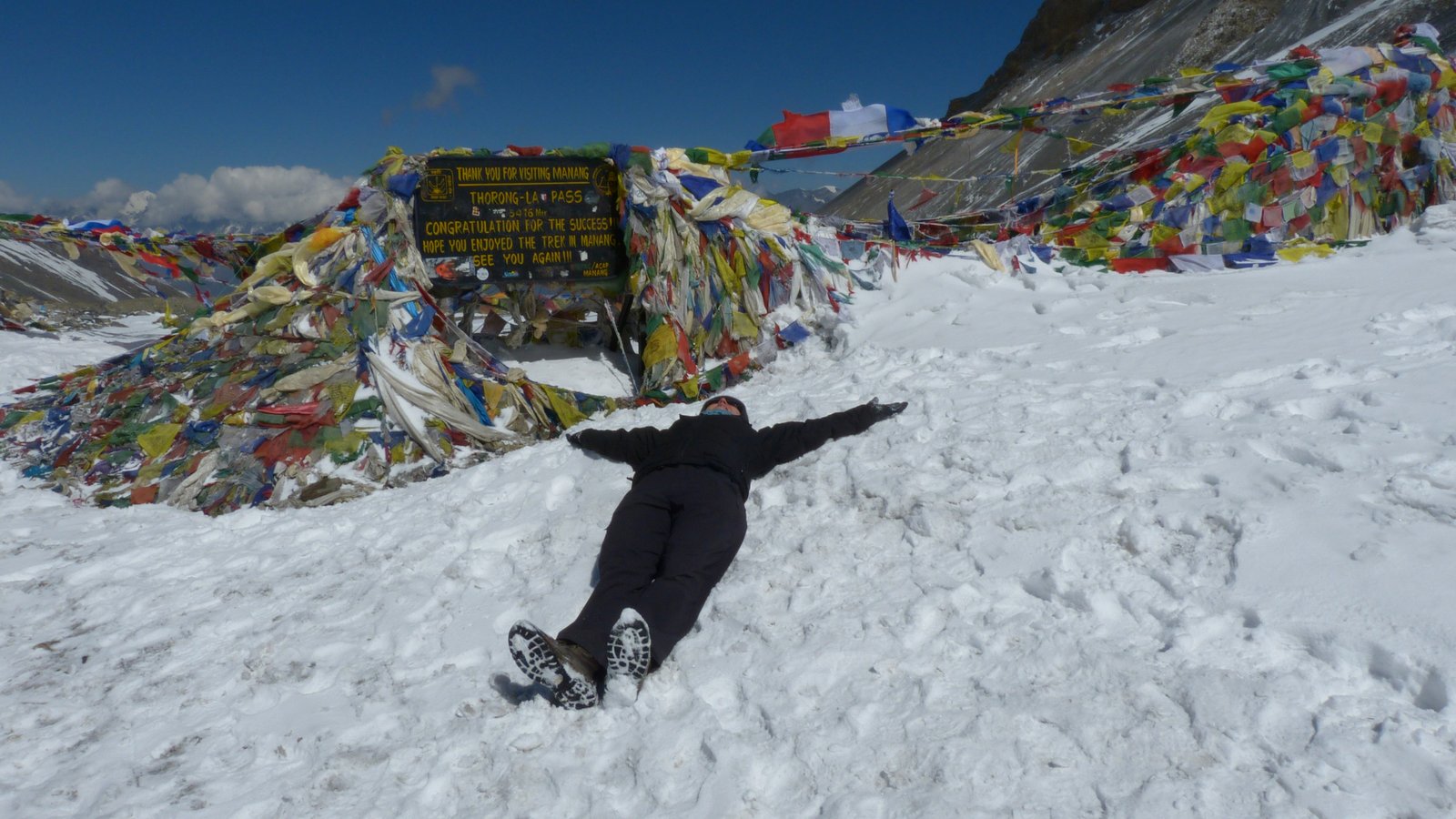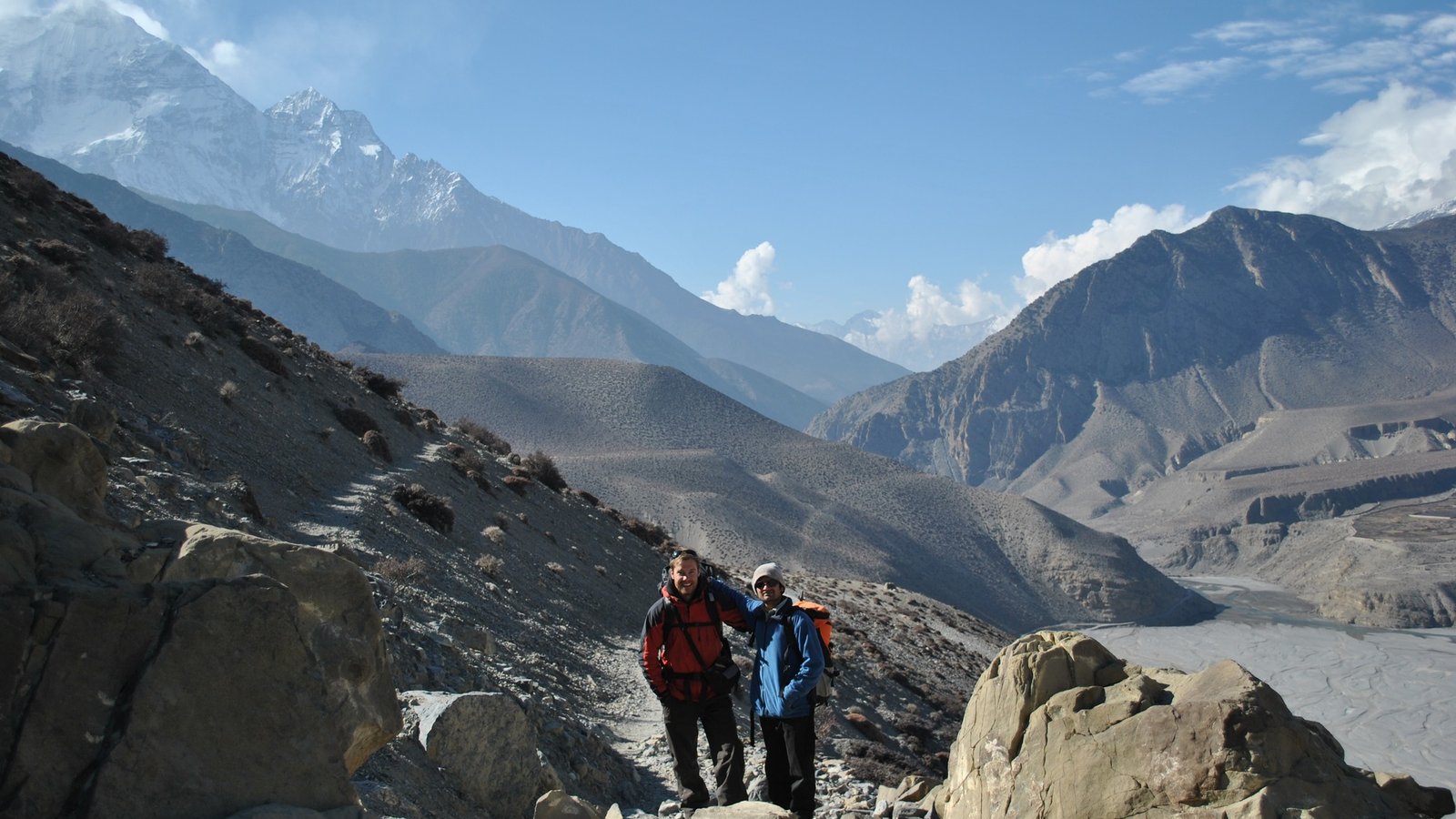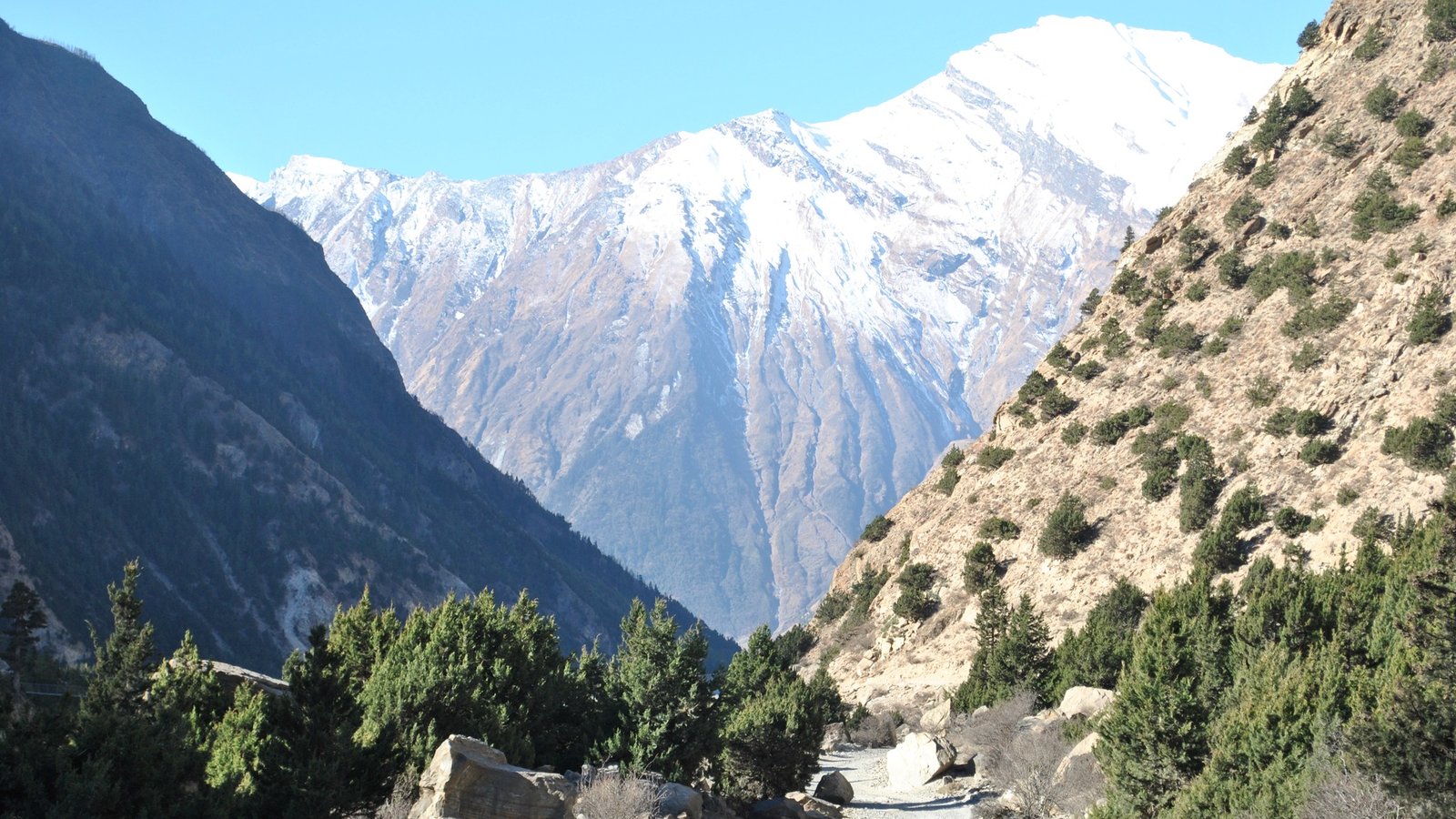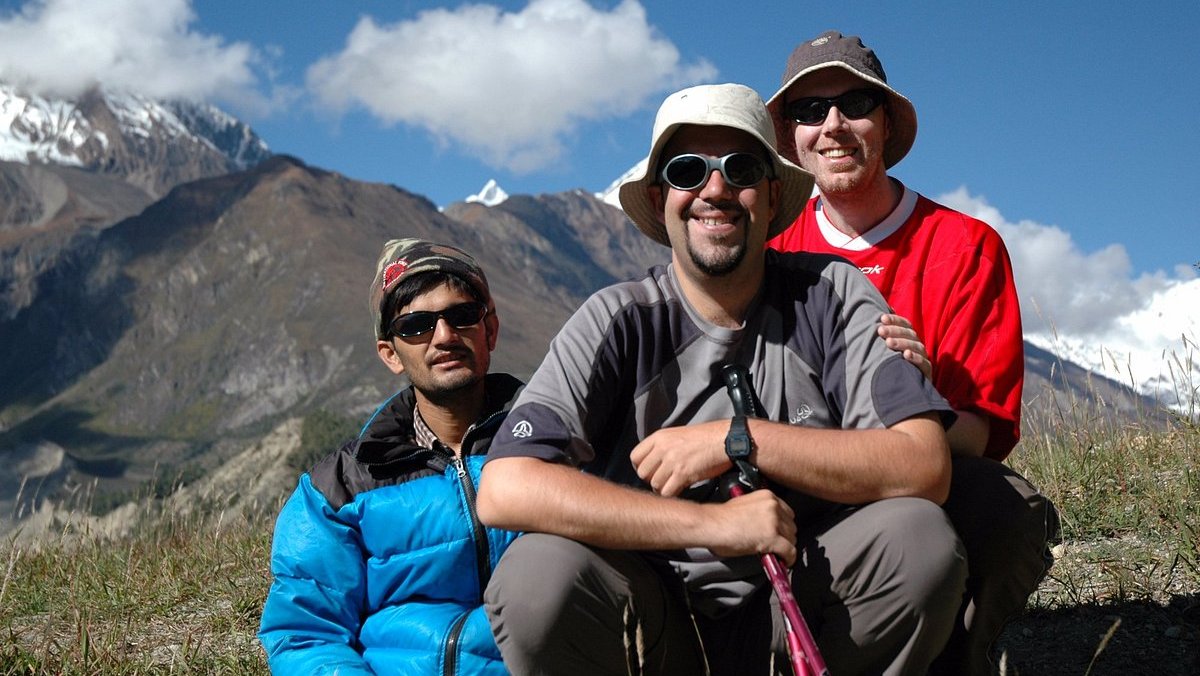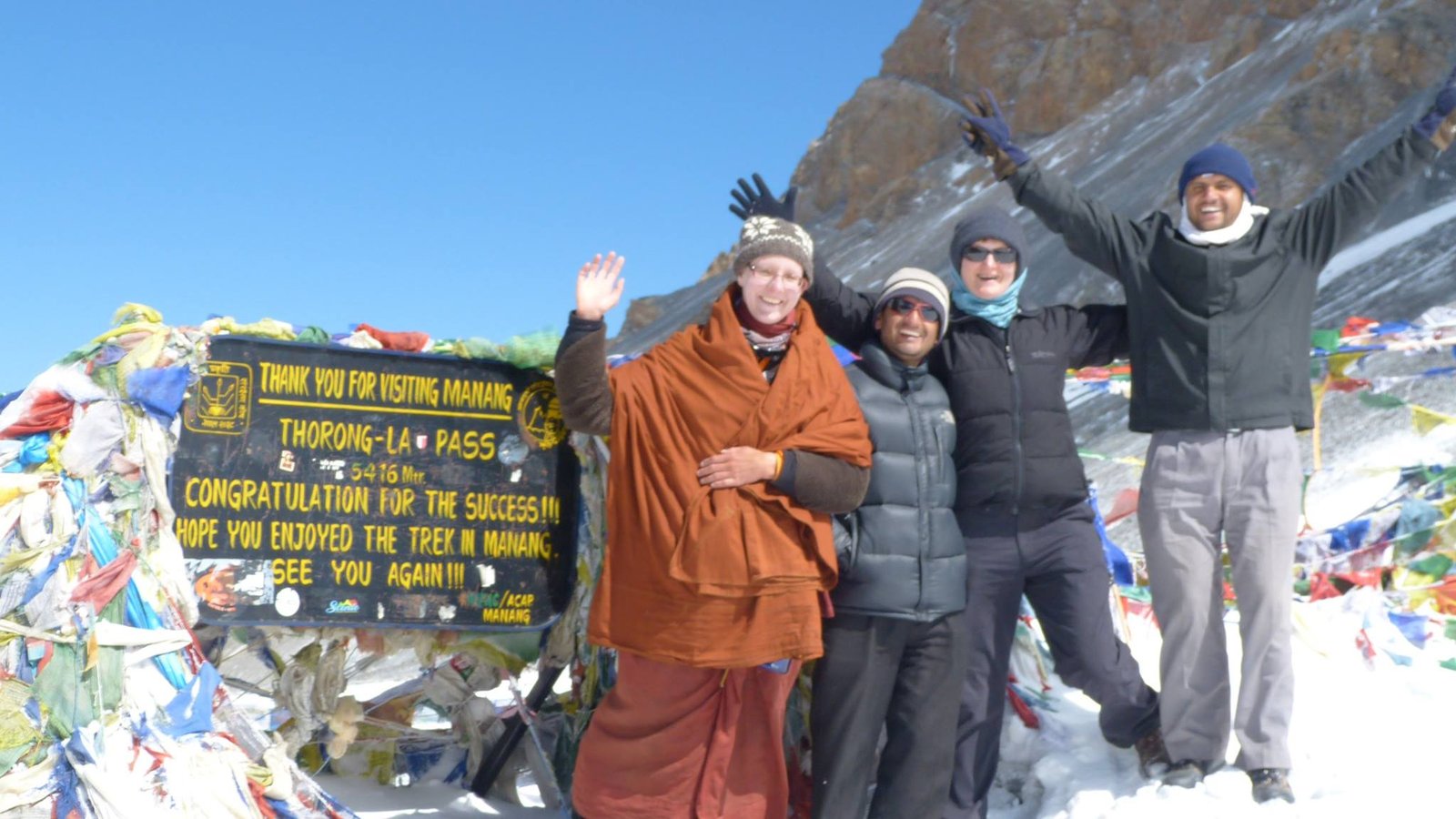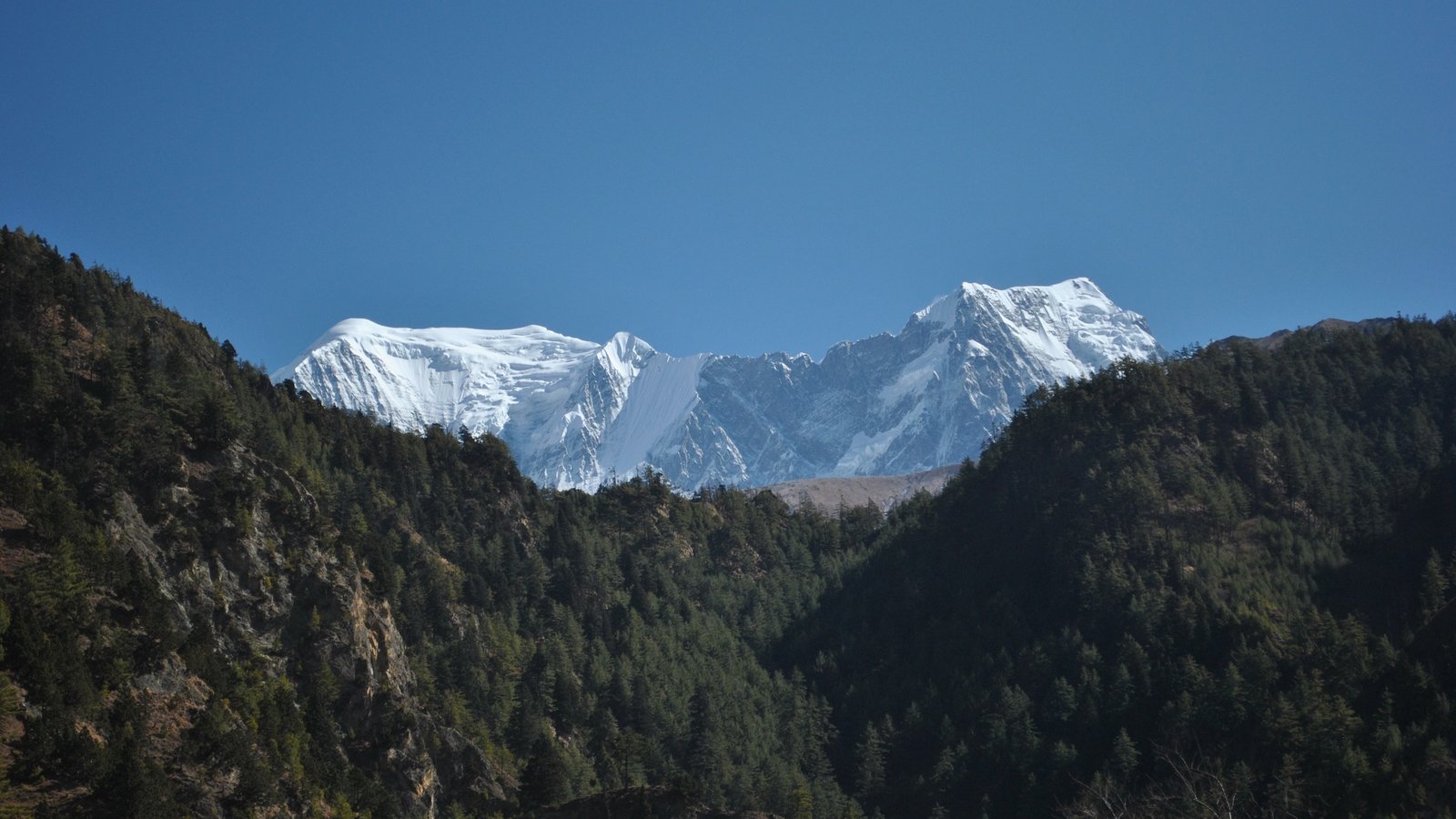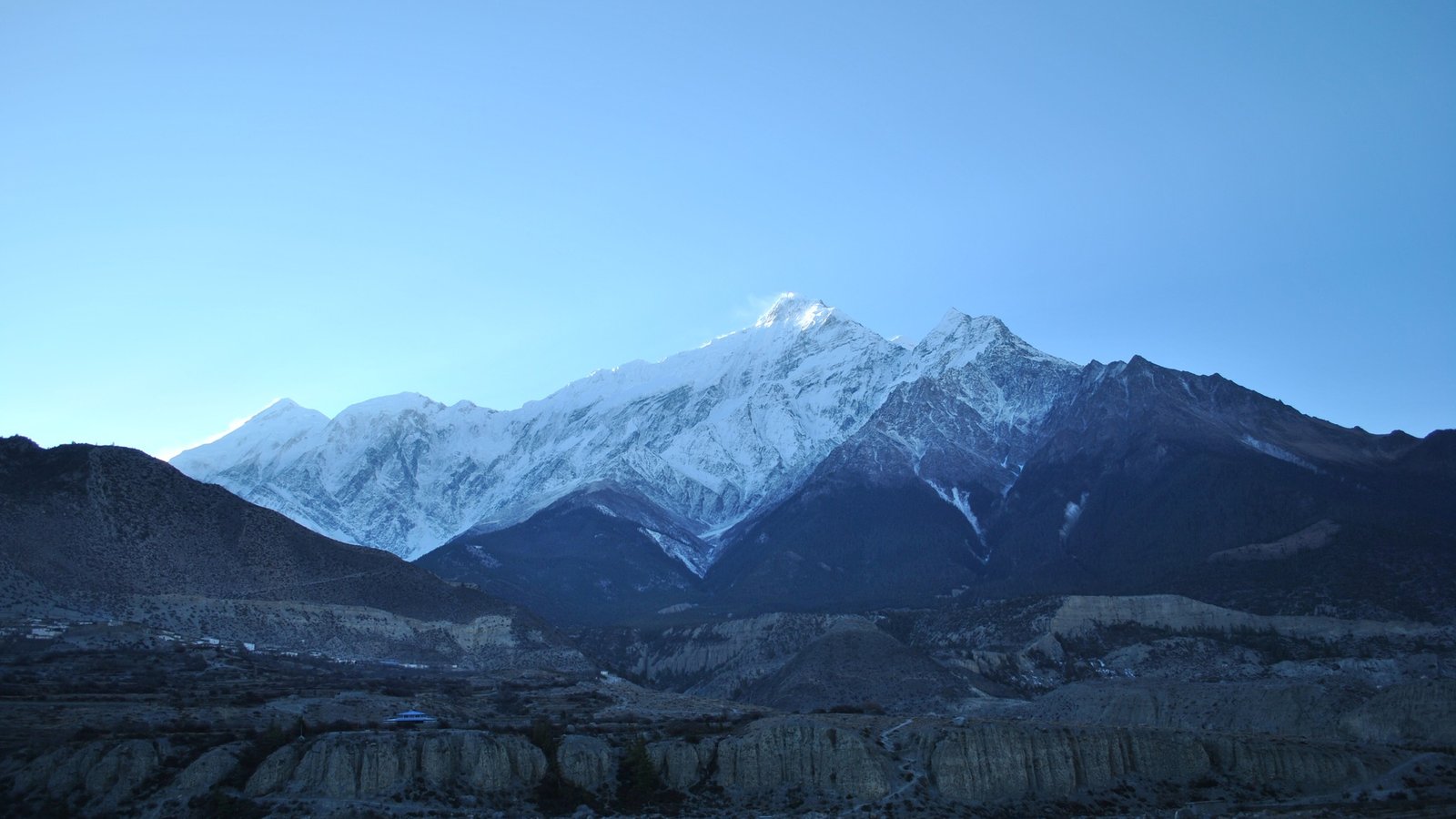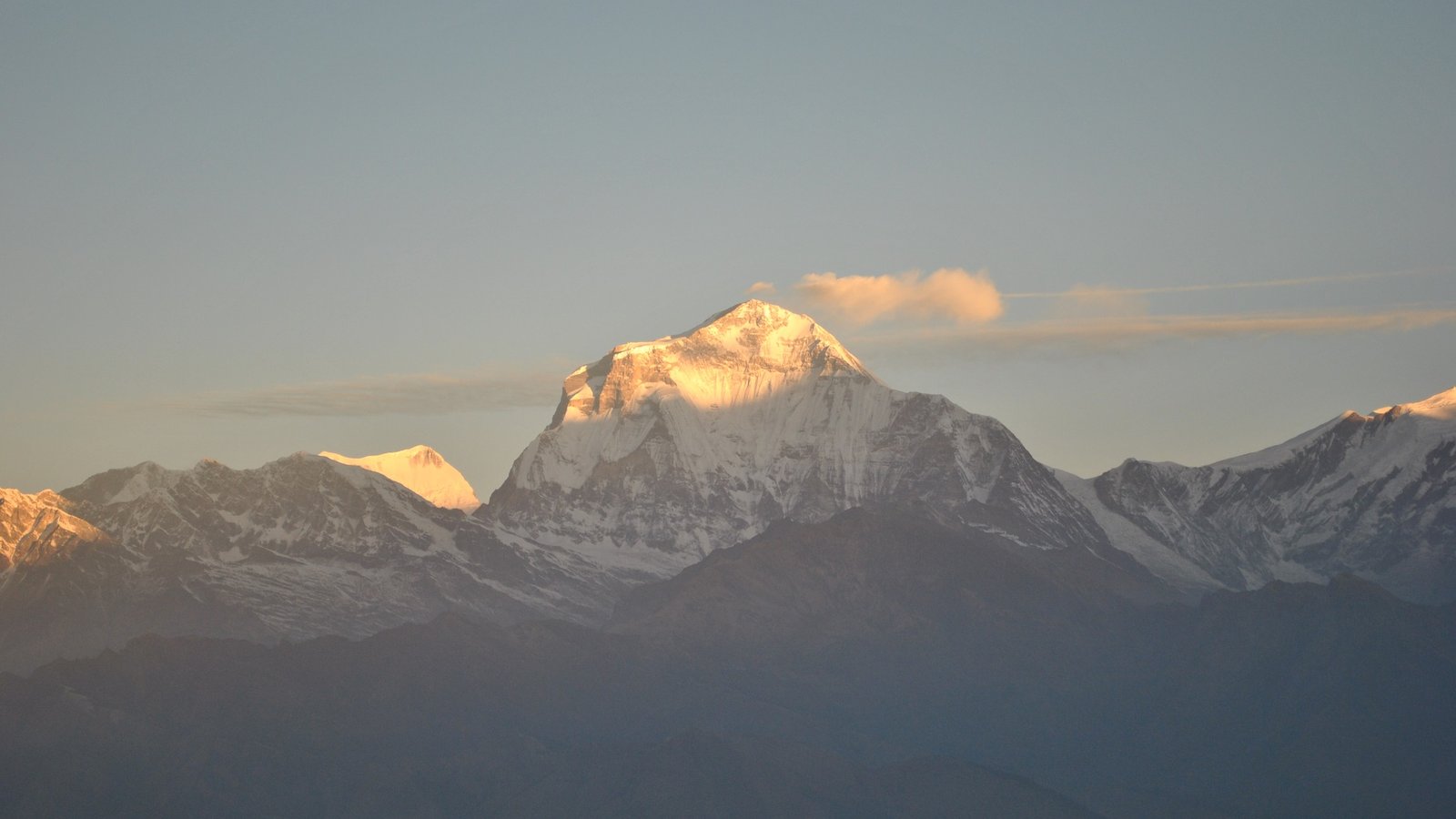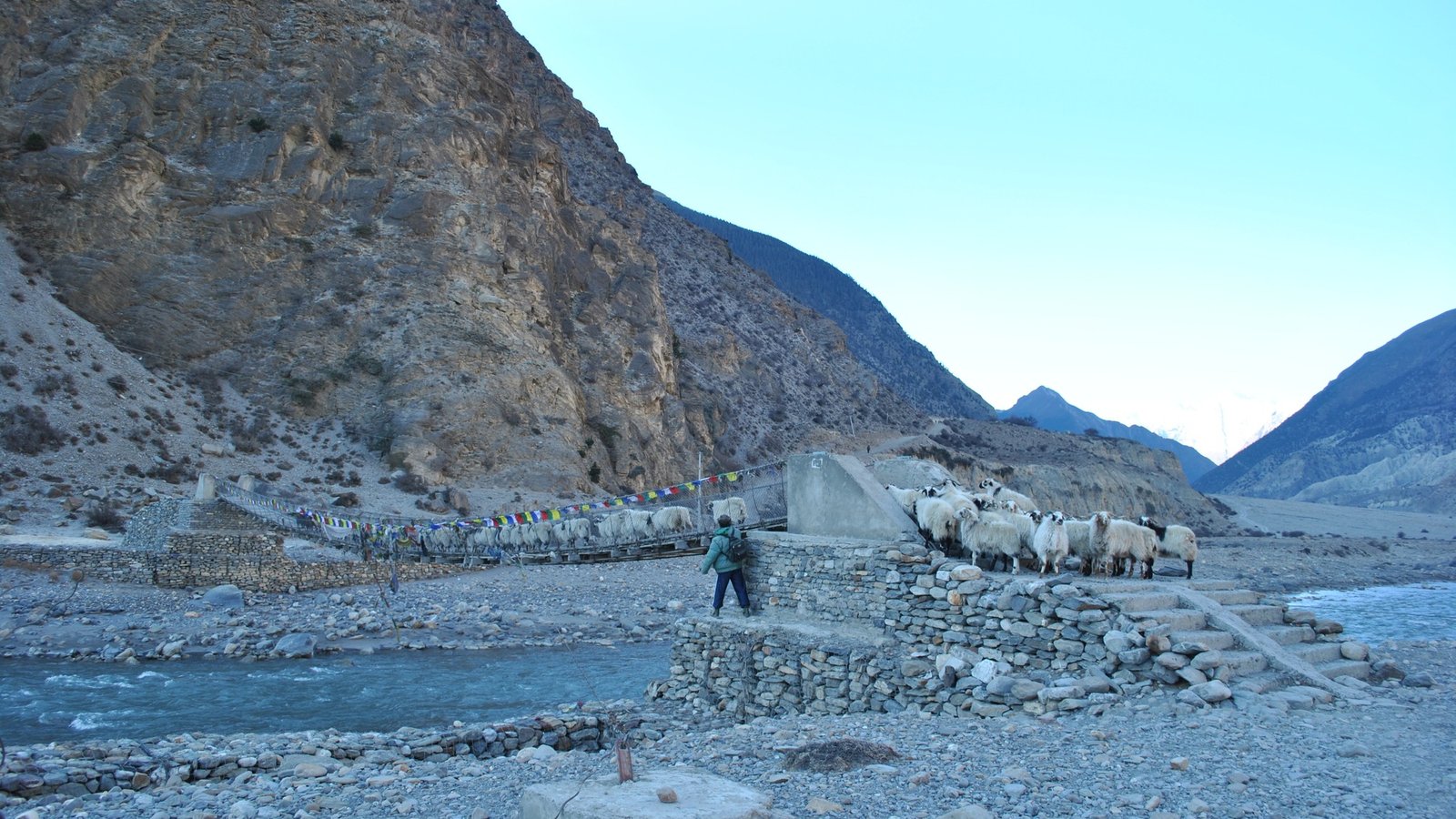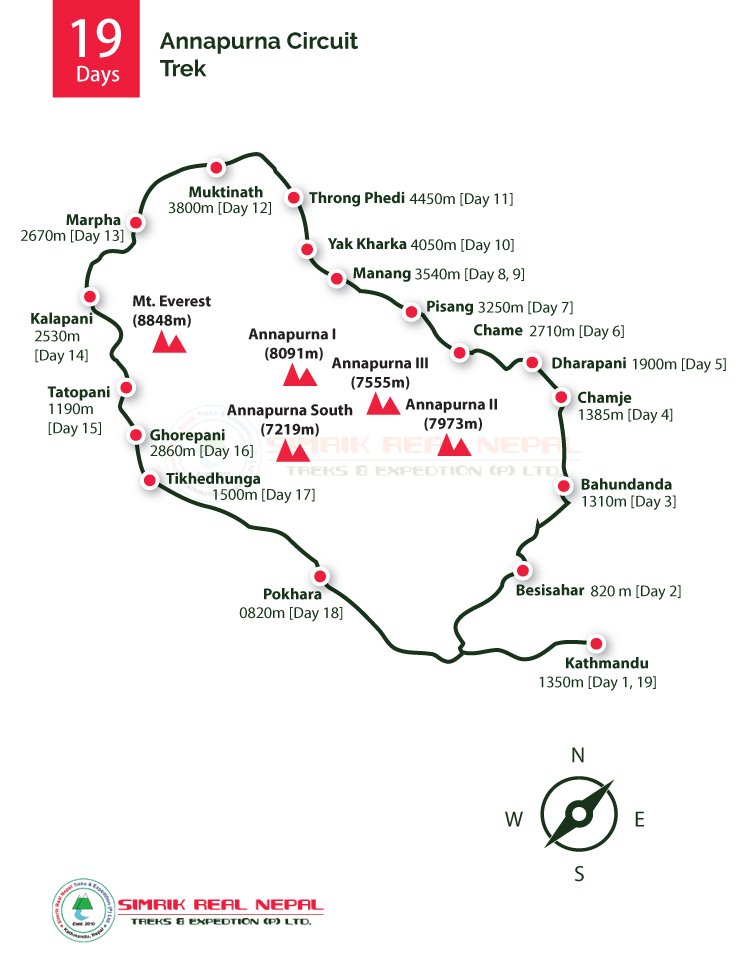Unrivalled Journey Through Heart of the Himalayas
Step into one of the most extraordinary trekking experiences on Earth with the Annapurna Circuit Trek, a journey that loops around the awe-inspiring Annapurna Massif. Revered by seasoned trekkers and adventure writers worldwide, this legendary circuit is known for its extraordinary geographic diversity, breathtaking high passes, and immersive cultural encounters. From rice paddies and subtropical forests to alpine meadows and arid cliffs, the trail unveils the full palette of Nepal’s natural splendor. As you ascend, you’re greeted by the majestic presence of Annapurna I (8,091 m), Mt. Nilgiri, Annapurna South, and the icy summit of Tilicho Peak. Each bend in the trail introduces a new rhythm—whether it's the prayer flags fluttering over remote monasteries or the stillness of yak herders' villages clinging to the cliffs. Crossing the formidable Thorong La Pass at 5,416 metres, the highest point of the trek, offers an exhilarating sense of achievement and a panoramic reward of peaks that scrape the sky. Ideal for intermediate trekkers seeking a physical and spiritual challenge, the Annapurna Circuit can be completed in 18 to 21 days, depending on your route and pace. With Simrik Real Nepal Treks, you’ll trek with experienced, locally rooted guides who prioritize safety, acclimatization, and your full immersion in the journey.
Expert-Led Trekking Experience
From the moment you arrive at Kathmandu Airport, Simrik’s support team ensures a seamless transition into your adventure. You’ll be welcomed and transferred to a comfortable hotel in the city before your journey begins. On the trail, our highly trained guides and supportive porters manage logistics, share local insights, and ensure your safety at every altitude. Their familiarity with both the trail and the culture enriches your understanding of the region in ways guidebooks cannot.
Physical Preparation and Trekking Requirements
While the Annapurna Circuit Trek does not demand technical climbing skills, it does require strong physical fitness and mental resilience. Daily hikes range from 7 to 8 hours, often at altitudes above 3,000 metres. We recommend cardiovascular training like running, hiking, or swimming several weeks in advance. With the right preparation and a positive mindset, this trek is achievable for most adventurous travelers. To trek comfortably, you should bring appropriate trekking gear, layers for fluctuating temperatures, and trekking poles for support on steep descents. Purification tablets or bottles with filters are useful in remote areas, and a universal adapter is necessary for charging electronic devices.
Safety and Travel Insurance
Your safety is paramount. The Government of Nepal requires that all trekkers obtain comprehensive travel insurance that includes high-altitude rescue coverage. This ensures peace of mind in the rare event of injury, altitude-related illness, or emergencies. Simrik Real Nepal Treks rigorously adheres to health and safety protocols, and your guide is trained in first aid and altitude awareness. Embark on the Annapurna Circuit Trek—a legendary Himalayan loop through remote villages, high passes, and dramatic mountain landscapes with expert local guides.
Why the Annapurna Circuit Is Nepal’s Crown Jewel
Unlike single-region treks, the Annapurna Round Trek immerses you in a kaleidown Jeweloscope of ecosystems and ethnic communities. You’ll pass through verdant rhododendron forests, cross icy rivers on suspension bridges, and discover the spiritual heart of villages like Manang, Pisang, and Muktinath—a sacred site for both Hindus and Buddhists. Along the way, trekkers encounter over 13 snow-clad peaks above 6,000 metres, offering views unmatched anywhere in the Himalayas. The experience is not only scenic but deeply human. You’ll meet local artisans, taste mountain-grown foods, and sleep in family-run tea houses that echo with stories passed down through generations. Whether you seek physical accomplishment, natural wonder, or cultural exploration, the Annapurna Circuit Trek delivers a transformative experience for the adventurous soul. Book your trek today with Simrik Real Nepal Treks, and walk the ancient paths of the Annapurna Himal—where every footstep writes a new chapter in your journey.
